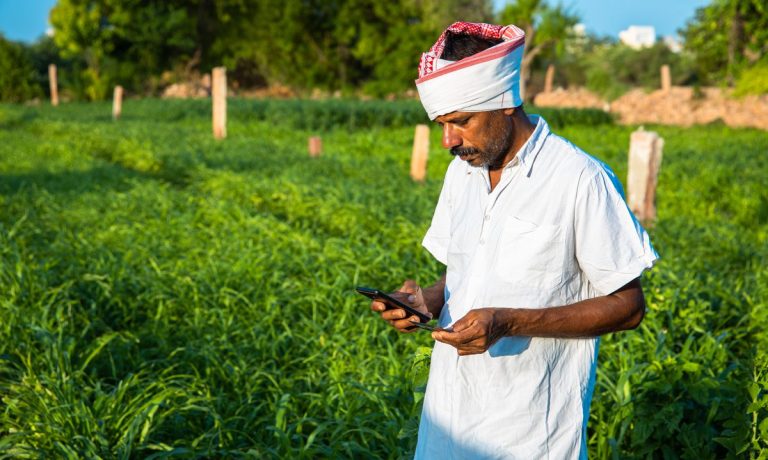
A new Financial Inclusion Index (FI-Index) created by India’s central bank shows that progress has been made toward bringing banking services to the country’s 1 billion-plus consumers, but more work still needs to be done.
Preliminary results from the Reserve Bank of India (RBI) show that financial inclusion, as measured by access, usage and quality of financial services, rose 24 percent over the past four years leading up to the launch of its new barometer.
The growth in financial inclusion was attributed to previous government initiatives like the Universal Payment Interface (UPI) that have helped millions of residents enter the mainstream financial system in recent years.
See also: UPI Reports Over 3B Transactions In July As Digital Payments Increase
But for a country that has the second largest unbanked population in the world, it will take more effort to promote financial literacy, consumer protection, and address inequalities and deficiencies in services.
The comprehensive FI-Index, which is scheduled to be updated each July, will assess the progress in these areas, using 97 indicators that cover sectors from banking and investment to insurance and government-approved details from the pensions sector.
Record Number Of Transactions
The study and inclusionary objectives come at a time when India’s FinTech segment is blooming and already working toward the same goals of promoting digital payments and amassing their user bases.
The launch of the Index comes at a time when Paytm, the largest and most well-known digital payments company in the country, is moving toward an initial public offering (IPO) this fall.
As PYMNTS previously reported, the company is looking to raise roughly $2.2 billion, making it the largest public offering in India with a $25 billion valuation.
Read more: Paytm’s Landmark IPO Could Launch By October
Earlier this year, the payments company launched Paytm Payments Bank, offering consumers accounts with a no minimum balance requirement, zero charges on online transactions, and instant loans.
In February, the FinTech firm, which processes digital payments in over 500,000 villages in India, clocked a record 1.2 billion monthly transactions amid an eCommerce boom in the country.
See more: Paytm’s Monthly Transactions Climb To 1.2 Billion
Lending and digital payments startup BharatPe, is another FinTech company that is helping bring a large proportion of cash-dependent residents into the financial services ecosystem.
The company has been dedicated to financial inclusion for Indian merchants and is the first firm in India to introduce several merchant-focused products, including a Unified Payments Interface (UPI)-backed system using a single QR code to enable payments across merchants, a zero–merchant discount rate (MDR) payment service eliminating fees on debit and credit card transactions, and a UPI payment-backed merchant cash advance service.
Read also: Indian Digital Payments Startup BharatPe Raises $350M
The company collaborates with 5 million merchants across 35 cities, providing them with a QR code backed by the country’s UPI payment’s structure.
The FI-Index will be tracking the financial inclusiveness of people in the banking and postal system as well as those who are not yet part of the banking system, like small depositors, micro investors and pensioners. This means the efforts of these FinTech firms that facilitate peer-to-peer (P2P) and retail payments through mobile wallets or UPI will be crucial to advancing the country’s financial inclusion agenda.
Demonetization As A Trigger For Digitalization
In an interview with PYMNTS this year, PhonePe CEO Sameer Nigam said the surprise 2016 Indian banknote demonetization triggered a digital shift in India, as it scrapped cash savings from citizens who were trying to avoid taxes and forced the cash economy into the digital world.
See more: PhonePe Addresses Massive Scale Of India’s Digitization
PhonePe, like other FinTechs, was quick to capitalize on the government move, registering 10 million installs within months of the announcement and eventually merging into India’s primary eCommerce platform, Flipkart, four months later. Today, the digital payments and financial services company boasts about 300 million active users across India.
“We believe that payments will reach a billion people,” Nigam told PYMNTS. “After mobile data and cheap smartphones, I think we will get there.”
He added that “everyone will have to migrate to digital payments” to enable the eCommerce markets to scale up in all categories.